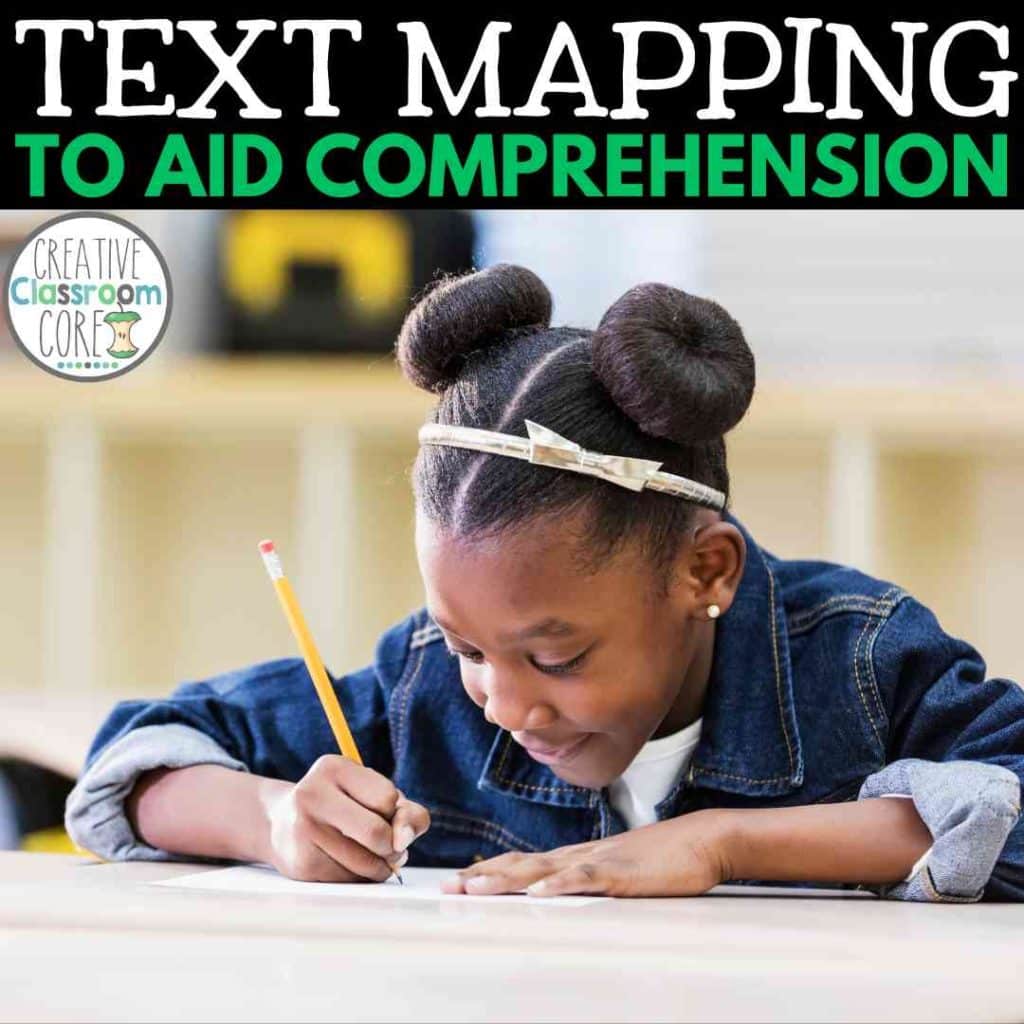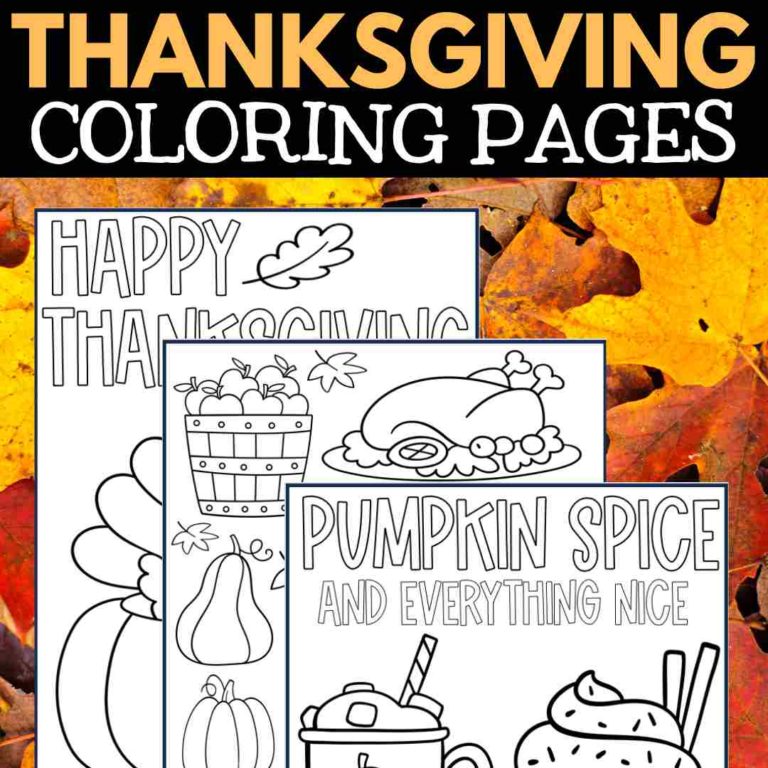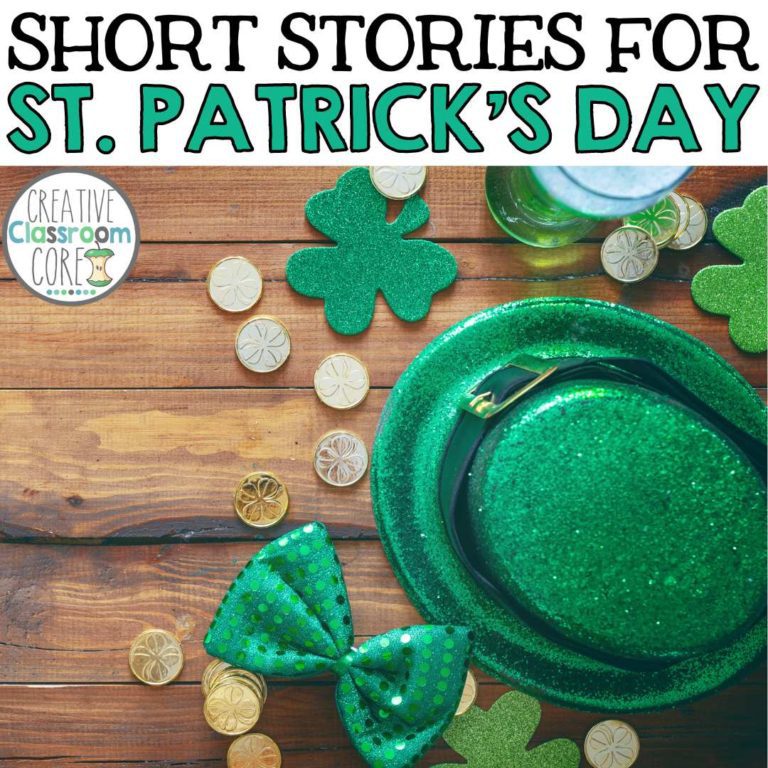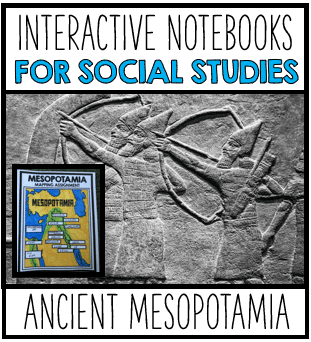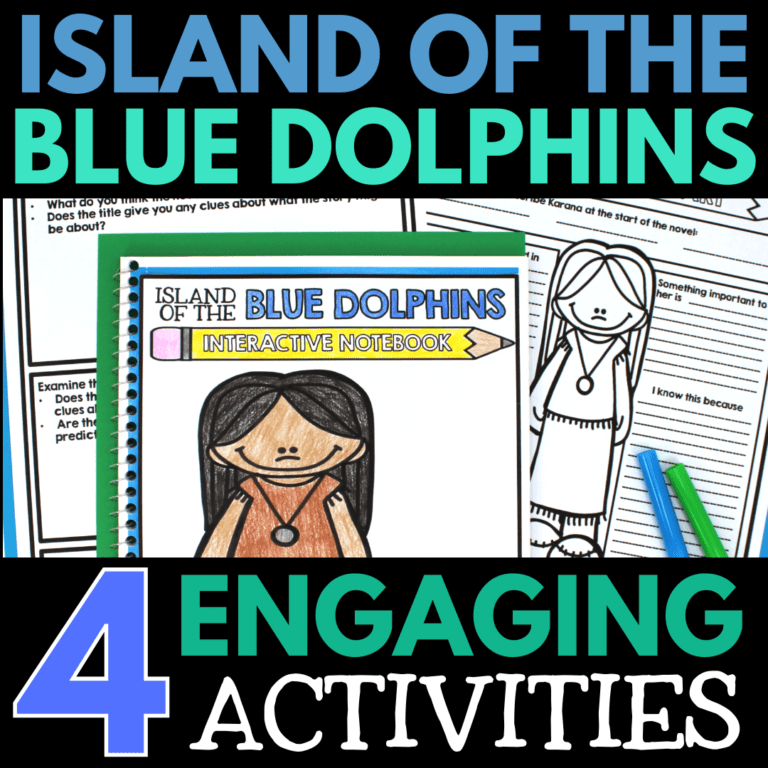Text Mapping – reading Comprehension
By MARISSA DESPINS Updated Dec 8, 2023
Text Mapping is an excellent strategy to help students understand challenging text. Through this hands-on approach, students learn to mark up text while practicing key reading strategies like questioning and visualizing.
In this post I explain some of the benefits of this engaging reading strategy, and provide step by step instructions to help you get started with Text Mapping today!
Looking for a FREE Text Mapping resource that you can print and use right away? Click on the image or button below to grab our complete Text Mapping guide!
What is Text Mapping, and why should I use it in my classroom?
Text Mapping is one of my favorite ways to seamlessly infusing quick literacy practice into Social Studies or Science lessons. In case this term isn’t familiar to you, Text Mapping offers a dynamic technique that proficiently imparts reading comprehension, writing skills, study skills, and course content.
In lieu of traditional books, Text Mapping unfolds on expansive paper scrolls. Students take their assigned reading material and meticulously assemble the pages using tape. This culminates in a scroll that unfurls across the floor. This engaging approach provides students with a holistic view of the text, as opposed to flipping through numerous separate pages. The panoramic display of the entire text fosters connections across the entire lesson. With the entire text laid out, rather than just a pair of open book pages, students can see the information as a whole, enabling them to focus on the bigger picture rather than individual fragments.
To read more about engaging students with reading, check out our post on Building Reading Comprehension Strategies.
How does Text Mapping work?
To begin the activity, the first thing you need to do is gather a few pages of non-fiction text. I usually use a photocopied section of our Social Studies textbook, on a unit we are about to cover. This is a great pre-learning activity. It allows the kids to work with the text for a bit before we begin our unit. This time, I used a few pages of informational text that I had previously typed up, relating to Archaeology. Our textbook doesn’t go into enough depth on this topic, so I usually use this as supplemental reading. It worked perfectly for this activity.
Creating the Scroll
After you have gathered the pages you want to use, simply tape them all together into a long scroll. You can have your students do this, or you can do it yourself before class starts to save on time. When I use this strategy with my grade 2/3 group, I always pre-tape the scrolls. The combination of properly ordered pages and tape can quickly turn to chaos with the little ones; when I use this strategy with middle school students, however, I find that they are more than capable of putting the scrolls together themselves (yay to less prep for me!)
After creating their scroll, students use a variety of different colored pens and highlighters to mark up the text in ways that are relevant to their reading purpose. The strategies students use to map the text are similar to the ones they would use while close reading.
A big perk of Text Mapping is that it is a reading strategy that is easy to learn and implement, and also requires very few materials. All the supplies you need for a successful lesson are a few pages of photocopied non-fiction text, some tape, and some colored pens and highlighters. This is a great way to use denser textbook content, ensuring the kids are getting a good understanding of the material being presented.
What are the benefits of using Text Mapping in the classroom?
According to textmapping.org, there are 7 key benefits to using text mapping in the classroom.
1) Scrolls and Text Mapping are explicit – teachers can model comprehension strategies so students can see exactly what comprehension looks like and how it is achieved.
2) Scrolls and Text Mapping teach students to be strategic readers.
3) Scrolls and Text Mapping encourage students to develop active reading skills – students must move around the scrolls and mark up the text.
4) Scrolls and Text Mapping enable comprehension to be linked directly, explicitly, and concretely to the text – this ensures that comprehension will be reliable, accurate, and complete.
5) A text map is a traceable visual record of an individual’s thought process – you can see exactly where the thinking is happening.
6) Scrolls and Text Mapping accommodate a wide range of learning styles.
7) Scrolls and Text Mapping can be particularly helpful to individuals who have learning disabilities or attention deficits – scrolls are more accessible to a greater range of senses and learning abilities.
If you are looking for additional information on this fun strategy, I highly suggest you check out textmapping.org. There is a ton of great information!
For additional information on reading comprehension strategies, you may be interested in checking out our posts on Close Reading Tips and Tricks and Holiday Reading Passages.
Interested in trying Text Mapping in your classroom?
All of the resources I used to complete this activity are available for FREE download in my TPT store. You can download them with a simple click on the image below. The package includes information on what text mapping is. It also includes a step by step guide for using it in your classroom, a non-fiction article with questions that you can be use for text mapping, and several different variations of activities for students to use while text mapping, suitable for both elementary and middle school students.
I really hope you enjoyed this mini lesson! If you decide to try it out with your class, I would love to hear all about it! Please leave me a message in the comment section below!
Interested in signing up for my email list?
If you are interested in signing up for my email list, you can click on the link below. I periodically send out emails with free resources, teaching tips, and exclusive deals. Signing up will also give you immediate access to some of my best selling Interactive Notebook resources – foldables, graphic organizers, and other fun activities.
